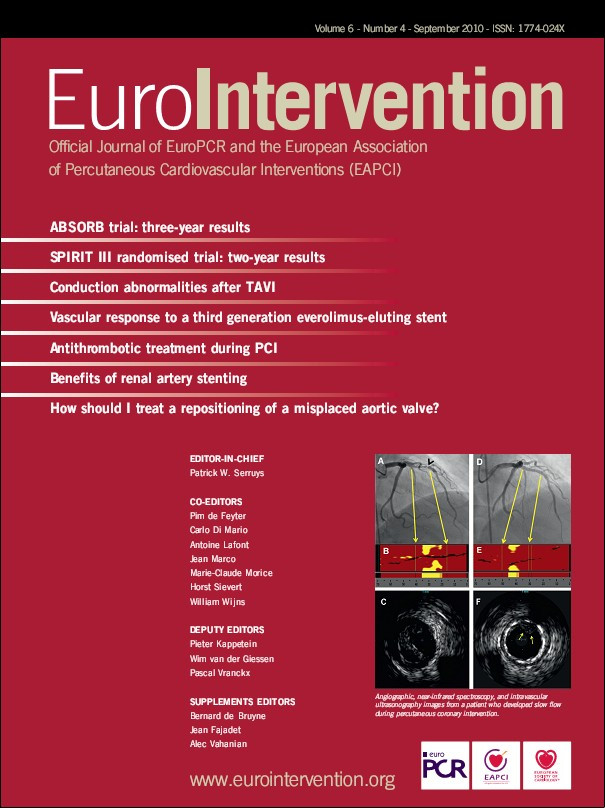
Antonio Colombo was born July, 1950 in Busto Arsizio, Italy. Right from his early years in primary school in Gallarate he was always a good student. An explorer since his youth in both his private life and career, Antonio Colombo has always liked travelling; in 1967 going all the way to Iran in his Volkswagen called “Maggiolino”. In 1975 he graduated with the highest marks in medicine and became a cardiologist in 1978.
After these accomplishments, and not unlike Colombus, he decided to conquer the new continent, going to the United States to complete his medical training. His American experience was highly strategic for his career, he knew the technique of balloon dilatation of coronary arteries, developed by Andreas Gruntzig. His eight years of training in the USA concluded at the Veterans Administration Medical Center, Long Beach, California. It was at this institution that he met Jonathan Tobis, Director of Interventional Cardiology, who recalls comments by fellow interventionalists at scientific meetings during this time asking whether Antonio Colombo was “some uncontrolled cowboy or was he crazy?” but he reassured them saying, “... not only does he know what he is doing, but he is the most creative individual in interventional cardiology since Andreas Grüntzig and Geoffrey Hartzler.”
In 1986, after three days at the Thoraxcenter in Rotterdam, he came back to Italy. “He accepted the challenge of coming back,” said Carlo Di Mario, “opening alone a private centre, ostracised by the academic environment, with his innovative ideas and practice, meeting with the denigration and disbelief of a conservative environment.” In 1993, at a meeting in Monaco, the Benestent group was first exposed to the revolutionary views of Antonio Colombo, who presented data on the first 80 patients treated without anticoagulation. It came as a kind of “culture shock” and we remember very well publicly declaring that the entire world would have to follow him to the top of Himalayas if he was right, but that he would fall down from those same Himalayan mountaintops if he was wrong. Fortunately, nobody went to –or for that matter fell from– the Himalayas, but Antonio Colombo was one of the first to use IVUS for stent deployment in 1994 (his first publication), and to understand the importance of good stent expansion to avoid stent thrombosis.
His superlative publishing record includes over 375 papers, 92 editorials and numerous reviews in peer-reviewed journals, as well as 884 abstracts in international and national congresses. The quality of these publications is impressive, based on a genuine interest in developing the best techniques and tailoring treatment to patient needs. He is a member of numerous international societies and editorial boards as well as being visiting Professor of Medicine at Columbia University Hospital in New York, USA. His prizes and awards include: Best Teaching Resident at Cabrini Medical Center, NY in 1981; Best Clinical Researcher for 1994, Thoraxcenter Erasmus University, Rotterdam, The Netherlands; TCT Career Award, Washington DC in 1998 and Elite Reviewer by the Journal of the American College of Cardiology in 2005. Greg Stone says about him that “he is an original... brilliant thinker and innovator, a tireless worker and his science is top-notch. In my view he is responsible for the invention of stenting becoming accepted as the principal treatment for coronary artery disease around the world”.
His 12-14 hours per day, six days a week work ethic is only punctuated by those moments when he dines at “Moonlight” with a bottle of Barolo, but even then he continues to reflect on how he can improve and innovate, scribbling away on a napkin. An image of him we will always remember is sharing breakfast at the Mauna Kea Beach in Hawaii, looking out at the Pacific Ocean and philosophising about life. He is Dr. Jekyll, but also Mr. Hyde... and certain of us have had the privilege of the discovering the “Hyde” hidden side of Antonio... but to say more would become too personal.
He has always been surrounded by an incredible staff, a myriad of fellows from every part of the world that he is in the process of teaching, and some of the best interventional cardiologists. He has never forgotten that “your best friend is the patient. Colleagues, administrators may praise you as long as you are successful, but they will be ready to put you down the first time you have a problem. When patients understand you do your best for them, they stick with you and support you forever.”

